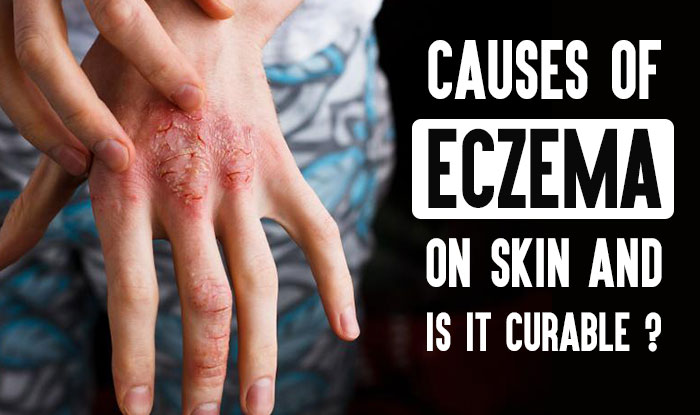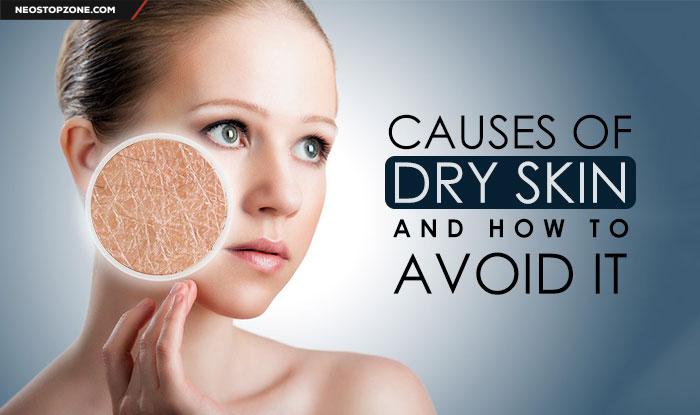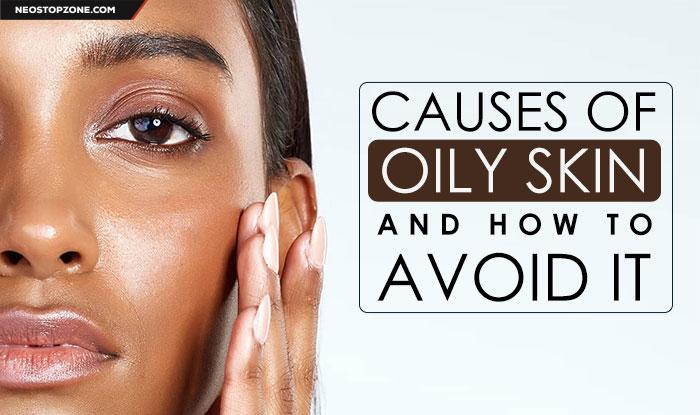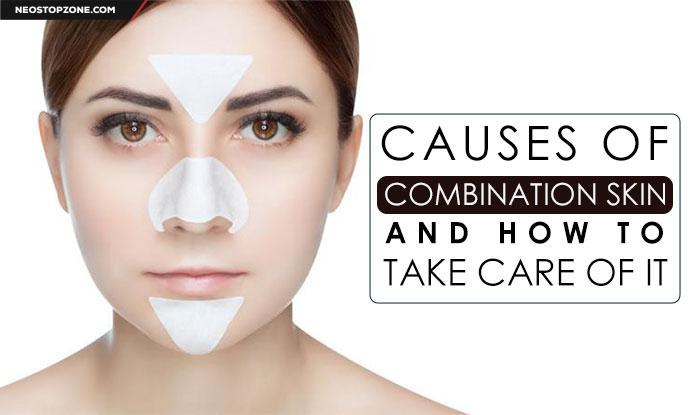What are the Main Causes Behind Eczema and What can be done to prevent it
Different types and stages of eczema affect 30 million+ people in the United States, accounting for more than 10% of the population.
Many people use the term eczema to refer to atopic dermatitis, the most common type. Atopic actually refers to a collection of conditions of the immune system, including atopic dermatitis, hay fever, and asthma. Dermatitis means inflammation of the skin.
Some foods, such as nuts and dairy, can trigger symptoms. Environmental triggers include smoke, pollen, soap, and fragrances. Eczema is not contagious.
Some people overtake this condition, while others will continue it during adulthood.
This article will explain what eczema is and discuss its symptoms, treatments, causes, and types.
Type of Eczema
There are several types of eczema. Apart from atopic dermatitis, other types include:
Allergic contact dermatitis
Dyshidrotic eczema
Neurodermatitis
Discid eczema
Stasis dermatitis
Causes of Eczema
The precise cause of eczema still remains unknown, but many health experts believe that it develops due to a combination of environmental and genetic factors.
Certain environmental factors may reveal symptoms of eczema. These factors include:
Irritant
Allergies
Microorganisms
Hot and cold temperatures
Foods
Stress
Hormones
Symptoms of Eczema
Symptoms of atopic dermatitis can vary depending on the age of the person who has it.
Atopic dermatitis is common in infants, with dry and crusted patches appearing on the skin. These patches often have severe itching.
Continuous rubbing and scratching can cause skin infections. Learn to identify infected eczema.
In most cases, however, eczema is mild. Common symptoms of atopic dermatitis are:
- Dry, scaly skin
- Skin whitening
- Itching
- Open, crusted, or weeping sores
Some symptoms of eczema differ among people with darker skin.
People with severe eczema will require more intensive treatment to relieve their symptoms.
The condition of most people develops before the age of 5. However, an estimated 60% of children will no longer show symptoms by adolescence.
People with the condition will often experience periods of time when their symptoms worsen, followed by periods of time when their symptoms will improve or become apparent.
Symptoms may vary in children and adults.
Symptoms in Infants
The following atopic dermatitis symptoms are common in infants under 2 years of age:
- Rash on the scalp and cheeks
- Rashes before fluid leaks
- Rashes that can cause excessive itching, which can interfere with sleep
Symptoms in Children
The following atopic dermatitis symptoms are common in children 2 years and older:
- Rashes visible behind the elbows or creases of the knees
- Rashes visible on the neck, wrists, ankles, and creases between the buttocks and legs
- Bumpy rug
- Rashes that may be light or dark
- Skin thickening, also known as lichenification, can then develop into permanent itching.
Symptoms in adults
The following atopic dermatitis symptoms are common in adults:
- Rashes that are more severe than in children
- Rashes that usually appear in the elbow or knee or vein of the neck
- Rashes that cover the body a lot
- Very dry skin on affected areas
- Rash that causes permanent itching
- Skin infections
Adults who developed atopic dermatitis as a child, but no longer experience the condition, may still have dry or easily irritated skin, hand eczema, and eye problems.
The presence of skin affected by atopic dermatitis will depend on how much a person scratches and whether the skin is infected or not. Scratching and rubbing may irritate the skin, increase inflammation and make itching worse.
Treatment of Eczema
There is currently no cure for eczema. Treatment for the condition is intended to heal the affected skin and prevent symptoms from occurring.
The doctor will suggest a treatment plan based on a person’s age, symptoms, and current state of health.
For some people, eczema goes away over time. However, for others, it is a lifelong condition.
The sections below will list some treatment options.
Homemade Treatments
Here are few things that people with eczema can do to maintain skin health and reduce symptoms.
For example, they can try:
- Lukewarm bath
- Applying moisturizer to moisture within 3 minutes of bathing
- Moisturizing every day
- Dressed in cotton and soft clothes
- Avoiding rough, rough fibers and tight-fitting clothing
- Using humidifiers in dry or cold climates
- Use mild soap or a non-soapy cleanser while washing
- Take extra precautions to prevent the possibility of eczema in winter
- Instead of rubbing the skin after bathing or taking a shower, wipe the skin dry with a towel or gently wipe it with a towel.
- Where possible, avoid rapid movement of temperature and activity due to sweating
- Learning and Avoiding Personal Eczema Triggers
- Keeping the nails short to prevent breakage of the skin
People can also try several natural remedies for eczema, including coconut oil, aloe vera, and apple cider vinegar.
The Medications
Doctors can prescribe several medications to treat eczema symptoms, including:
Topical Corticosteroid Creams and Ointments
Systemic corticosteroids
Antibiotics
Antiviral and antifungal drugs
Antihistamines
Topical calcineurin inhibitors
Barrier Repair Moisturizer
Phototherapy
Even though the condition itself is not currently curable, each person must have a treatment plan.
In addition, it is important to continue taking care of an area of skin even after it has healed, as it can easily become irritated again.
Conclusion
Eczema is a common inflammatory skin condition. The most common type is called atopic dermatitis.
Eczema is most common in children, but by the time they reach adolescence, the majority is out of it.
Although currently there is no cure, people can treat and prevent eczema flames by using home remedies, moisturizers, medications, and lifestyle changes.




Can you be more specific about the content of your article? After reading it, I still have some doubts. Hope you can help me. https://accounts.binance.com/lv/register-person?ref=P9L9FQKY